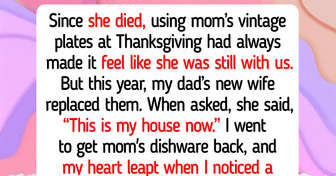My Boss Tried to Ruin My Christmas Plans—I Got the Last Laugh

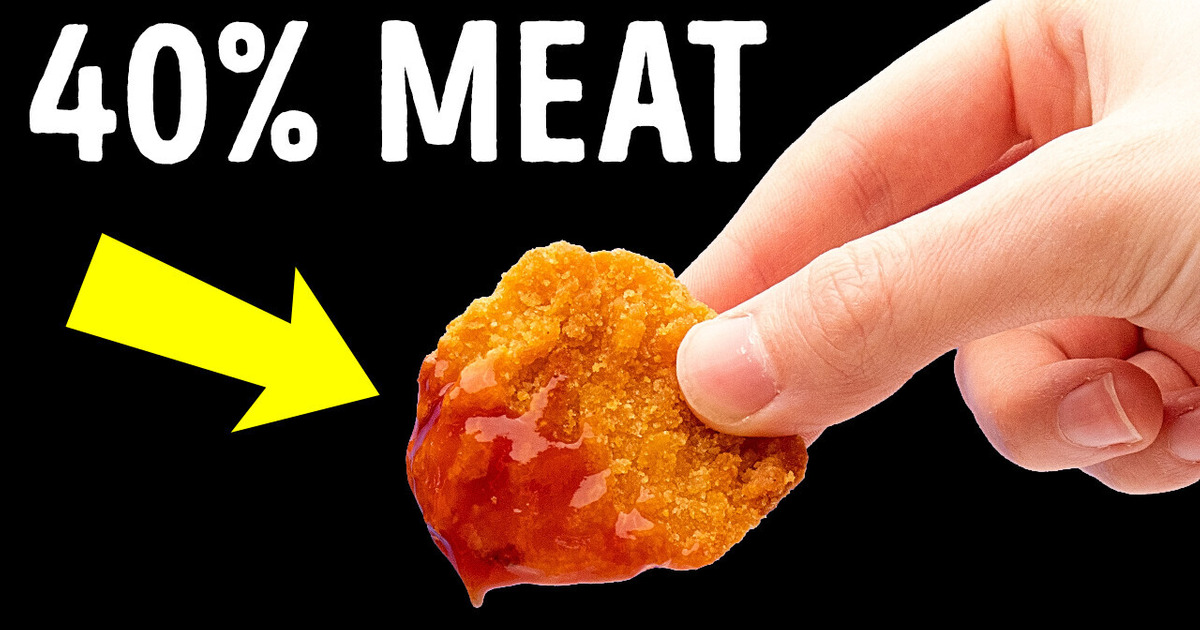
From the iconic golden fries to a broken ice cream machine... here are 10 fast food secrets that the fast food industry doesn’t really want you to know.
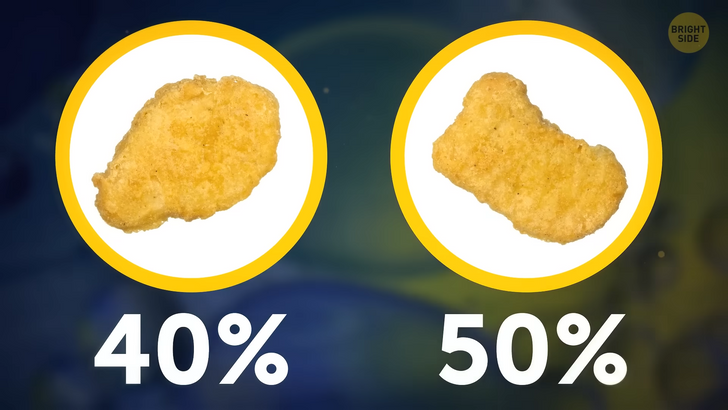
Ah, chicken nuggets, that golden crispy bites you can get from fast-food chains. They’re even on the menu of school lunches. What if I tell you that they aren’t actually made entirely out of chicken? Researchers took chicken nugget samples from unnamed fast-food chains and analyzed them. They said that one sample, for example, contained only 40% and another 50% of meat. The rest? Well, you’re eating mouthfuls of things like fat, connective tissue, and bone spicules. Many fast food companies grind the meat with that stuff. They make mechanically formed orbs of chicken parts. Why? Perhaps it’s because this method is cheaper and more profitable. Millions of restaurants worldwide have chicken nuggets on their menu. So, scientifically, it’s not fair to say all nuggets are made this way, but a lot of studies imply so.
The more the meat is processed, the more you lose the good stuff like Vitamin B6 and B12. The bitter truth is that companies add stuff, such as sodium, to the mixed paste. Sodium is added to get a better flavor. It’s one of the ingredients that makes nuggets so yummy. Our body needs sodium, but not too much of it. Unfortunately, most junk food contains more than our bodies can handle. So it might be a safe option to avoid eating these sorts of food frequently. Chains dip their nuggets into tempura batter and fry them in hydrogenated oil. That’s also not a green light regarding health, but this is how they catch the golden tint.
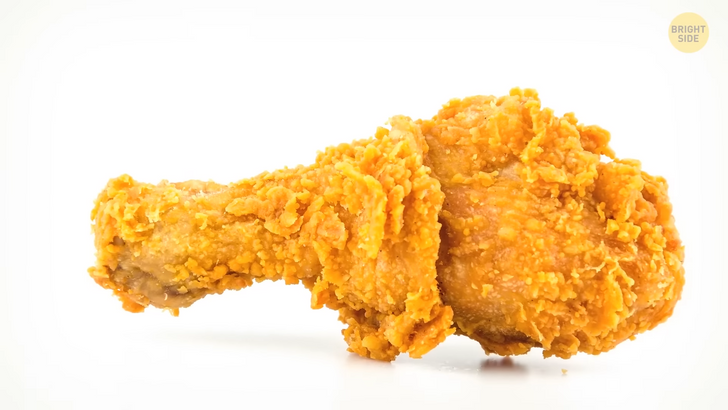
They put additional stuff in nuggets; what about grilled chicken? In recent years, we have seen brands highlighting grilled chicken as a healthier option. Research has been done about grilled chicken, too. And the same approach is applied here. Take chicken samples from iconic fast food companies and send those to labs for analysis. The results show that companies are misleading people by advertising these products by labeling them healthy, natural, and 100% chicken breast. In reality, a couple of things are added to the meat to make it tender and juicy. Plus, these additives make it easier to cook the meat, freeze and transport it, and reheat it later without losing too much moisture. The drawback of all these additives is that they affect the nutritional value of the chicken breast.
These ingredients aren’t the healthiest for us. We should especially watch out for 3 things. The first one is again sodium. Fast food samples had 7 to 10 times more sodium than home-cooked chicken breast! Imagine you crave a cheeseburger, but you say “no” to yourself and try to pick a less “harmful” menu. Yet, some chicken sandwiches have the same amount or even more sodium than a cheeseburger with medium fries.
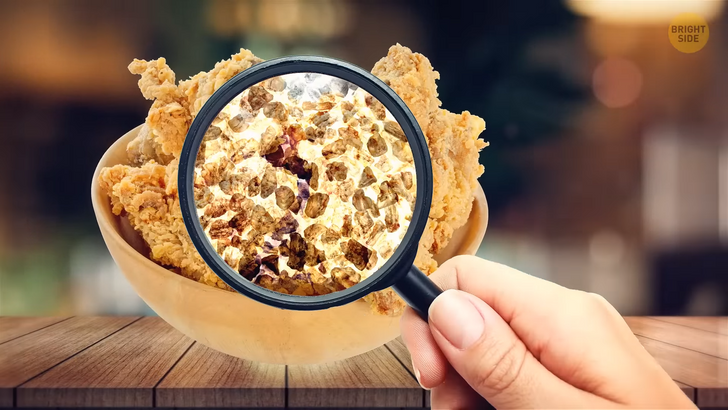
The second thing you need to watch out for is phosphate additives. These additives allow the protein to conjoin more water. This means the white meat in the sandwich will appear juicier to you. Any word you see in the ingredients section that contains “phos” is a phosphate additive, so it’s best to avoid them. The last thing you should avoid is sugars and starches, not just in grilled chicken but pretty much in all fast food products. Oh, that’s hard to “digest,” I admit. Corn starch, sugar, malt... they come with grilled chicken breast. Buns and even some fries have sugar, too. Everywhere I look, it’s sugar. You see, home-cooked chicken has 0 grams of carbs. But the study samples had added sugar, and up to 10% of the calories in the chicken breast comes from there. So what’s the moral of this story? If you’re a health-conscious diner, you should maybe go for other options.
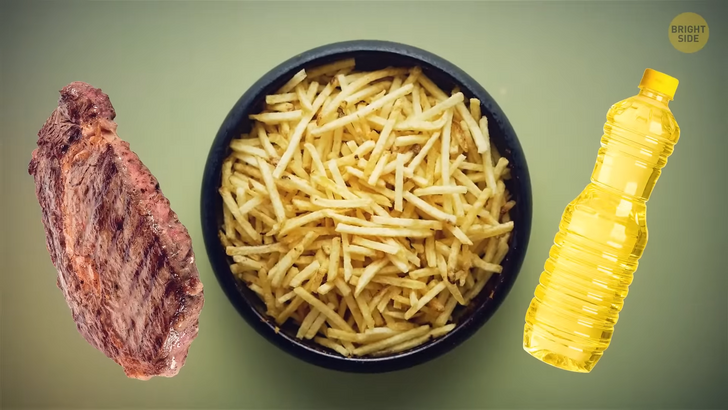
There are secret recipes from companies like KFC and Coca-Cola. No company wants to share the ingredients that make their food irresistible, but with a little research, you can decipher many things. You wanna know the secret of McDonald’s fries? It’s written on their website. They add beef flavoring to the frying oil. This may sound weird, but apparently, that’s a known practice amongst chefs and restaurants. Duck fat has also been used as a flavor, for example, in high-end restaurants.
I am a fries lover, so I added another fact about fries. Sadly, they are even saltier than you think. Experts suggest that a grown-up should consume at most 2,300 milligrams of sodium daily. Guess the McD’s large fries sodium number. At least 400 milligrams. Classic fries from Burger King have 732 milligrams, and Five Guys take the level even higher with 962 milligrams of sodium! Next time, maybe you can ask workers to go easy on the salt as a solution.
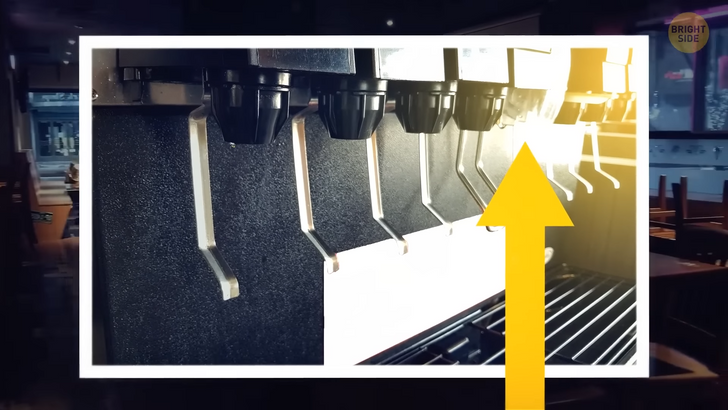
If you want to know how clean an eatery is, look under the ice chute of the soda machine in places where you can get your own drink. There you go, inspector. You’ve solved the case. Various studies say that if such machines aren’t cleaned correctly, dirty, contaminated ice can lead to some health problems. There could be mold or bacteria there. Eww... The process of cleaning ice machines isn’t easy. The same thing applies to ice cream machines too. Rumor has it that those ice cream machines aren’t out of order; employers just cannot find time to clean them properly.
Now, what’s the best time to get a good and fresh meal? Here, there are 2 opinions, and they both have solid reasonings. The first team recommends avoiding ordering grilled food in chains from 7 to after midnight. Many former employees say that sometimes, they had taquitos or hotdogs prepared at around 4 or 5 AM but kept waiting to serve them till around midnight. That’s not healthy. The other team says you should order between 11 AM and 1 PM or between 6 PM and 8 PM to get the freshest meal. Since it’s going to be around lunch and dinner time, there’ll be circulation, and you can get decent food.
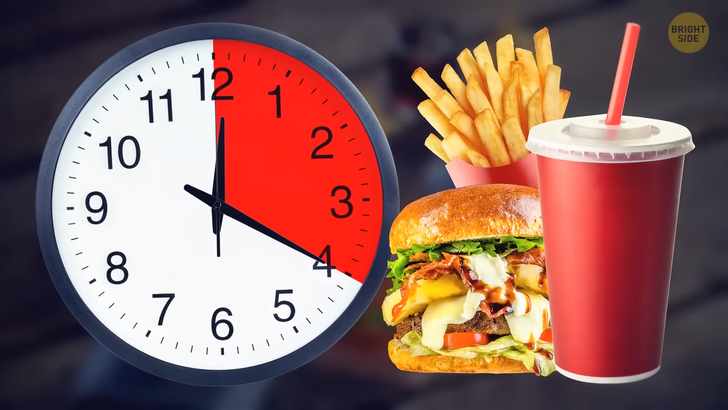
Fast food companies have marketing, design, and psychological tricks to lure you in and make you order. Yet, they don’t want you to stay inside for too long. If you were dining in a mood lighting, you know, under dim lamps and candlelight, you would take your time to eat. As the name suggests, you should be fast like your food in chain restaurants. They have fluorescents, and they’re in full light. Similarly, the floors and tables have reflective surfaces that make food look nice and bright. Plus, music is usually fast and loud. It’s done to prevent you from spending hours there. Yet, they want to take advantage of the first 20 minutes after your purchase. The faster you eat, the longer it will take you to feel full. Scientists say it takes about 20 minutes for our stomach to inform our brain, “Okay, now I’m full!”
It’s good to eat in a clean area, but most of these companies use cleaning products that have super-strong chemicals. Assume that the staff cleaned the place at the end of their shift. They wiped down the soda machine and grill surface, and then you showed up early the next day. You may get some of that chemical residue on your food compared to other customers visiting the place later in the day.
The vegan patty may not be 100% vegan. I’m talking about the grill, not the meat itself. In most of the chains, vegan burgers are cooked on the same grill as meat burgers. Do you have fast-food chain secrets you want to share? Tell them to fellow Bright Siders in the comments!




